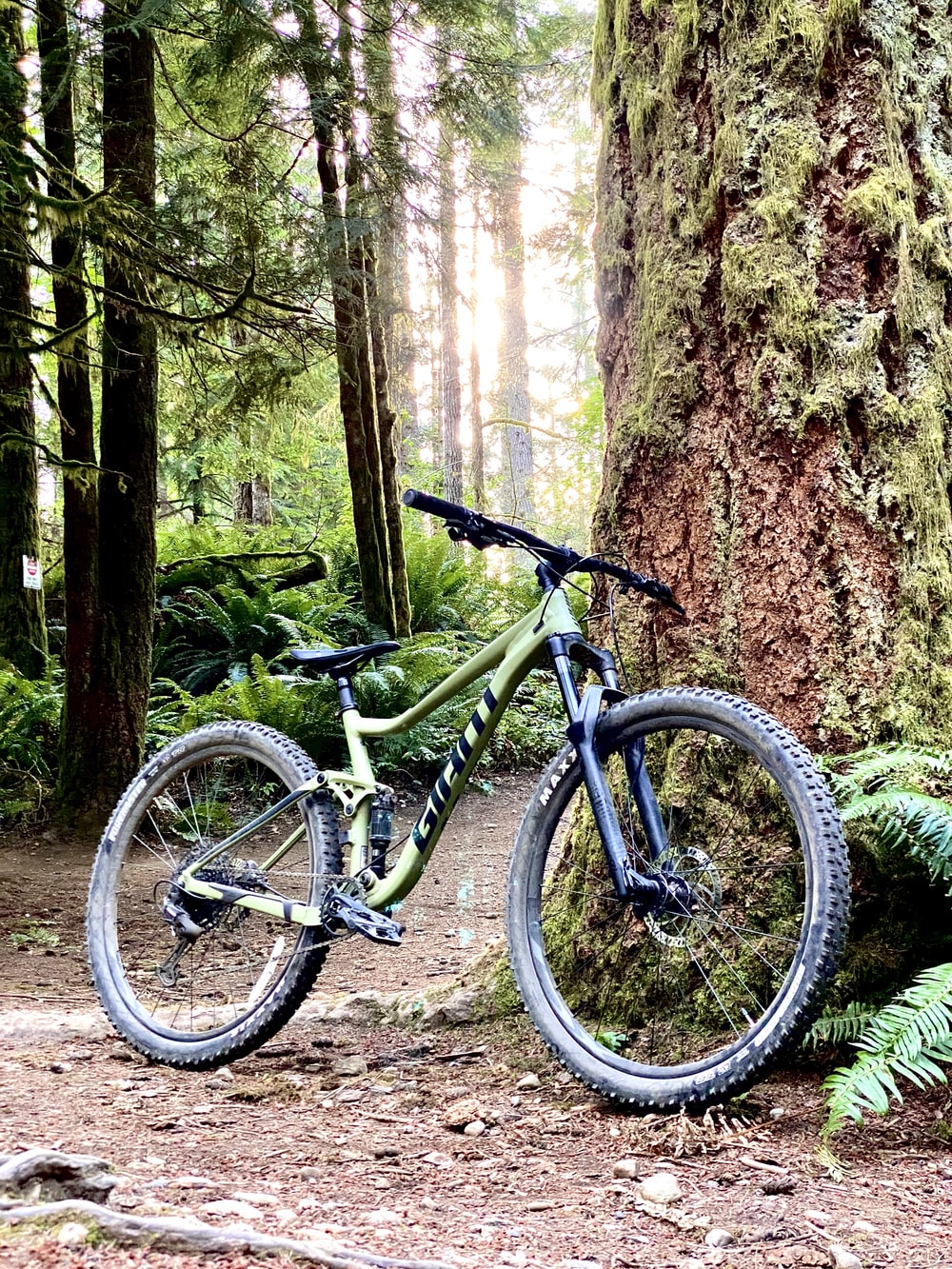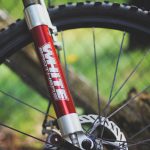Mountain bikes are designed for riding on rough, uneven terrain. They have a number of features that make them well-suited for trails, such as wide and knobby tires, front and rear suspension, and strong yet lightweight frames. One of the most noticeable differences between a mountain bike and a road bike is the width of the handlebars. Mountain bike handlebars are much wider, often spanning 24 inches or more from end to end. There are good reasons behind this wider design.
Improved Control and Handling
Wider handlebars give mountain bikers increased leverage and control over the front of the bike. This is important when riding over rocks, roots, and other obstacles, where precise steering and weight shifts are needed to pick the best line and remain stable. The wider stance also makes it easier to control the bike if the front wheel hits something or gets briefly airborne. Mountain biking often demands quick reflexes and reactions to navigate terrain. Having a solid grip on wide bars aids the rider in maneuvering the bike efficiently.
Additionally, wide handlebars offer more potential hand and body positions. Riders can choke up on the grips to tackle tight turns quickly or slide back to power up short steep sections. Moving hand placement allows subtle bike weight distribution changes that can be crucial in tricky sections. This fine tune handling would not be possible with narrower road-style bars limiting grip spots.
Absorbs Vibrations and Shock Better
Another advantage of a wider bar design is improved vibration dampening and shock absorption. Trail riding subjects both rider and bike to near constant impacts, like bumps, holes, and rocks. This vibration can take a toll over time, fatiguing a rider’s body or leading to hand numbness or pain. Wide handlebars allow the rider’s arms and shoulders to bend and flex to help counter these forces. Road bikes prioritize aerodynamics with tighter geometry, but for mountain biking wider distribution of shock across upper body muscles reduces soreness. Proper technique is key, but the extra width does lend itself to soaking up bumps.
The increased surface area of wider bars also dissipates vibration better. More material contacts the rider’s hands, reducing hotspots that lead to discomfort. Additionally, there is more space to add padded grips or tape wraps. Using ergonomic materials like gel, dense foam, or silicone further isolates hands by increasing the handlebar’s dampening qualities. Comfort is crucial for endurance needed to complete long rides over unpredictable surfaces common in mountain biking. Extensive padding is impractical on narrow road bike bars, but the extra real estate of wide MTB handlebars allows more options to fine tune fit.
Provides Greater Stability and Security
Riding steep, loose, muddy or slick terrain heightens the chances of losing control of the bike. Sections may require carefully balanced track stands while navigating obstacles where dabs, crashes or bailouts are a possibility. Wide handlebars greatly increase overall control and stability here by acting as an extended base of support. Arms braced at shoulder width or beyond provide a wide platform allowing riders to generate torque and throw their weight around more freely. Narrower placement would feel comparatively cramped and vulnerable. The increased leverage gives assurance and confidence tackling dicey trails.
There is also much more space to position lights, computers or cameras securely without compromising grip room. Night riding and endurance racing rely more on wider bars to accommodate extra accessories effectively. For casual day trips, carrying things like phones or hydration bottles can be done worry-free. Having space to mount accessories firmly without it feeling cluttered or unwieldy maintains clean control over rougher terrain. Again rider safety, handling precision, and bike stability see improvements with the additional real estate of a wide bar.
Enables Varied Hand Positions Over Long Rides
Mountain bike trips may cover 20+ mile distances with significant elevation changes. Maintaining comfort and proper form is crucial when rides last hours instead of a quick 30 minute session. The human body tends to ache and tire when locked into one position for too long. The broad platform and increased hand spots afforded by wide MTB handlebars help address this in a few key ways.
First, simply shifting periodically from the grip to the bar ends changes stance and activates different muscle groups. Riders can lean back to utilize back muscles more, then shift forward to engage the arms and core. Moving hands across the entire width of the bar reduces repetitive strain issues and mental fatigue too. Finding new solid stances is easier. Those subtle balance changes engage fresh muscles, renewing energy levels to push farther.
The other advantage is the increased room to accessorize bar ends, middle extensions, or secondary grips to further vary grip. These additional aero positions mix up stationary poses even more. What may be uncomfortable hunched over for hours is tolerable when alternated with centrally located aero bars or rests after 45 minutes. Road bikes lack real estate to use multiple positions effectively forcing fairly fixed stances the entire ride.
Enables Easier Body Movement and Bike Weight Shifts
Mountain biking requires a dynamic riding style to overcome obstacles. The bike is in constant motion – bouncing, turning, tilting. The rider equally needs to aggressively shift their own weight around to effectively influence bike momentum and trajectory rapid fire. Wide handlebars give needed range to throw body mass side to side when muscling through rocky sections or rounding tight switchbacks. Even in slower scenarios like technical climbs, repositioning weight fluidly by sliding hands across the entire bar quickly helps maintain delicate front tire traction.
The wider bar essentially acts as leverage to manhandle bike angles as the trail demands. Generating bursts of power then easing off would involve dramatic upper body movement and contact adjustments with narrowly placed grips. But wider bar platforms allow fluid transitions from centered to dropped rear or fully weighted front for complete bike control. This freedom to physically move around while retaining solid contact enhances handling precision significantly.
Mountain bike handlebars demand an intentionally wide design to grant heightened steering capability and security riding over unstable terrain. The additional width enhances vibration dampening, multiple hand positions, accessory mounting, and critically bike control via body English techniques. Where aerodynamics and speed matter most for road disciplines, mountain biking instead prioritizes total control, stability, and bump absorption possible thanks to the leverage of a wide bar.





